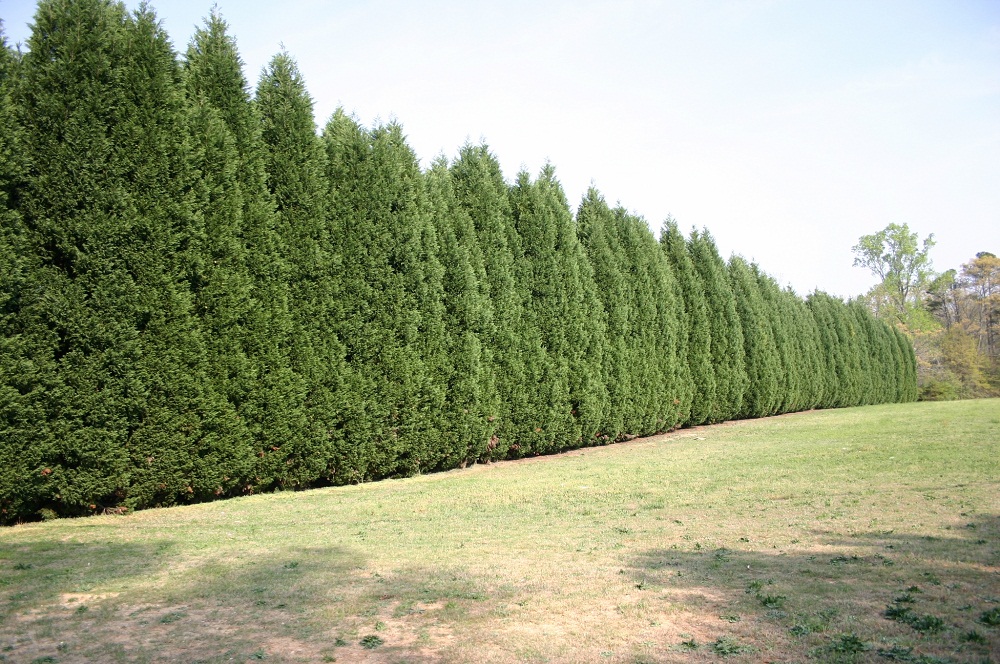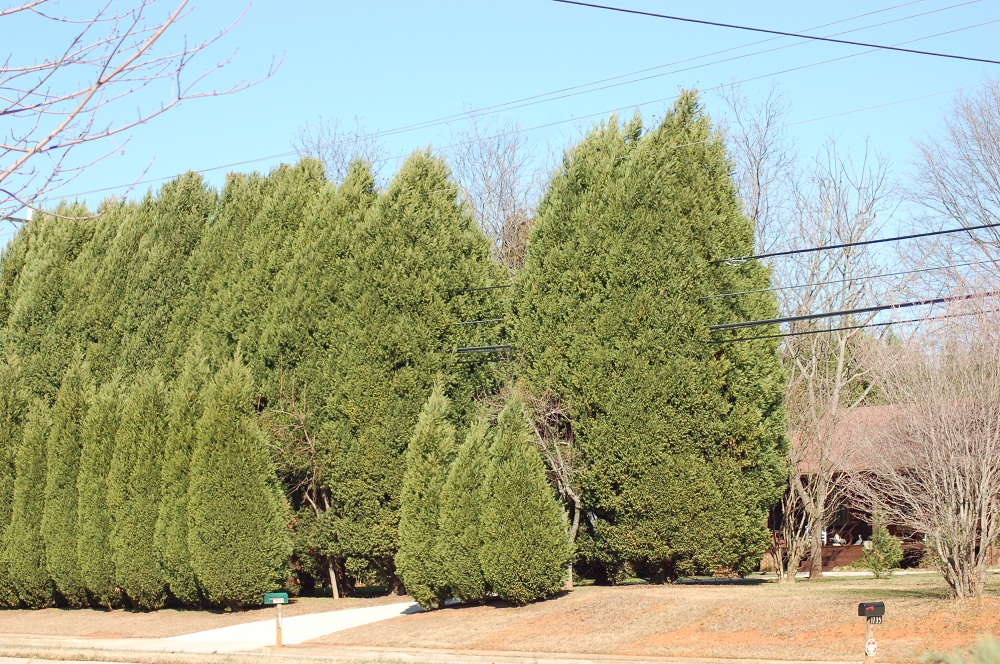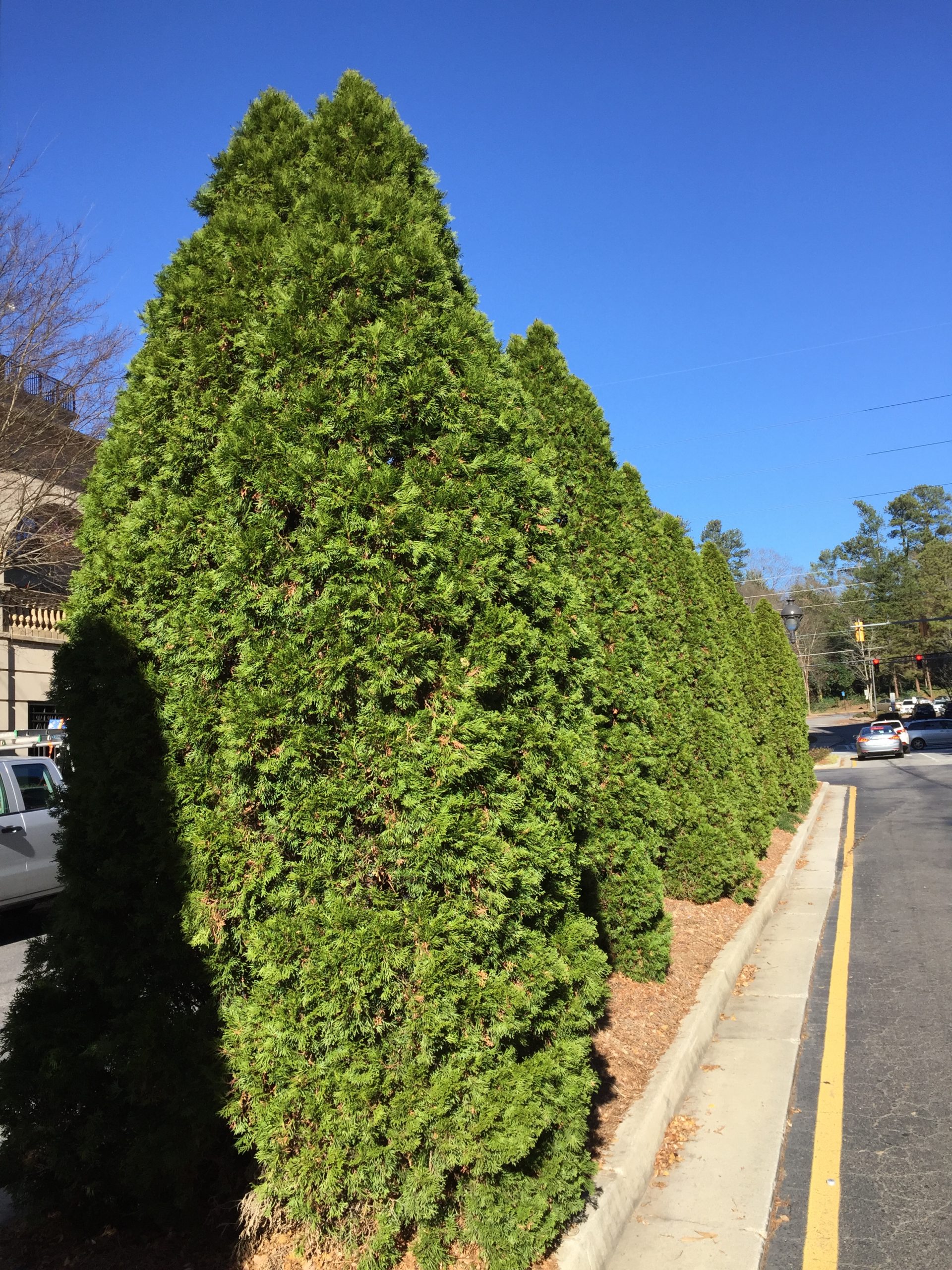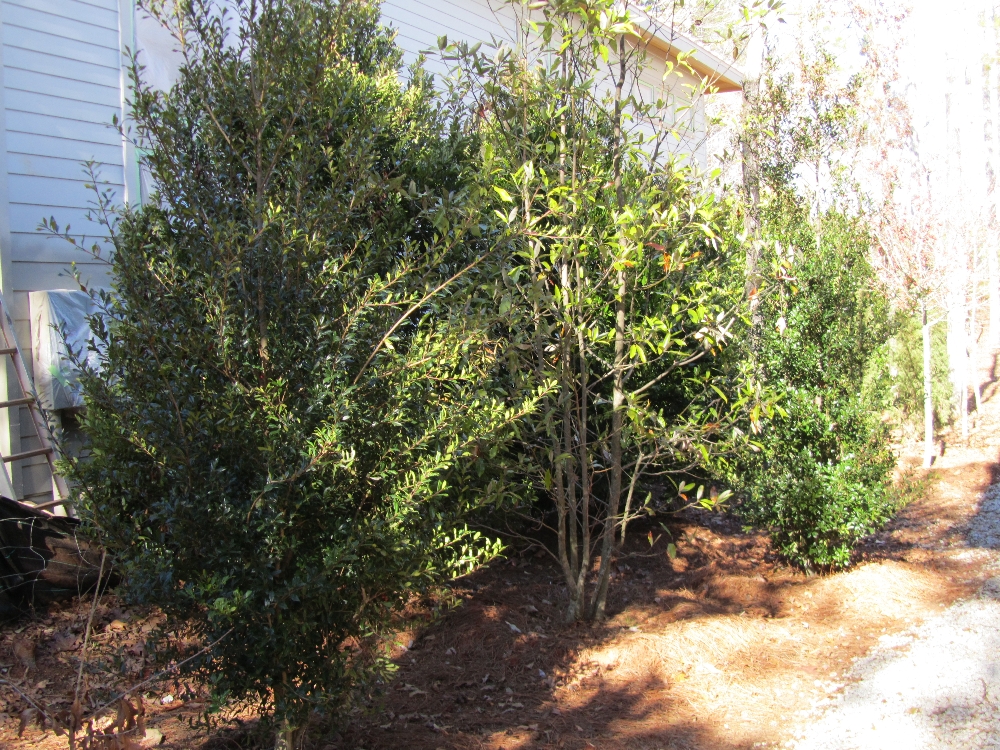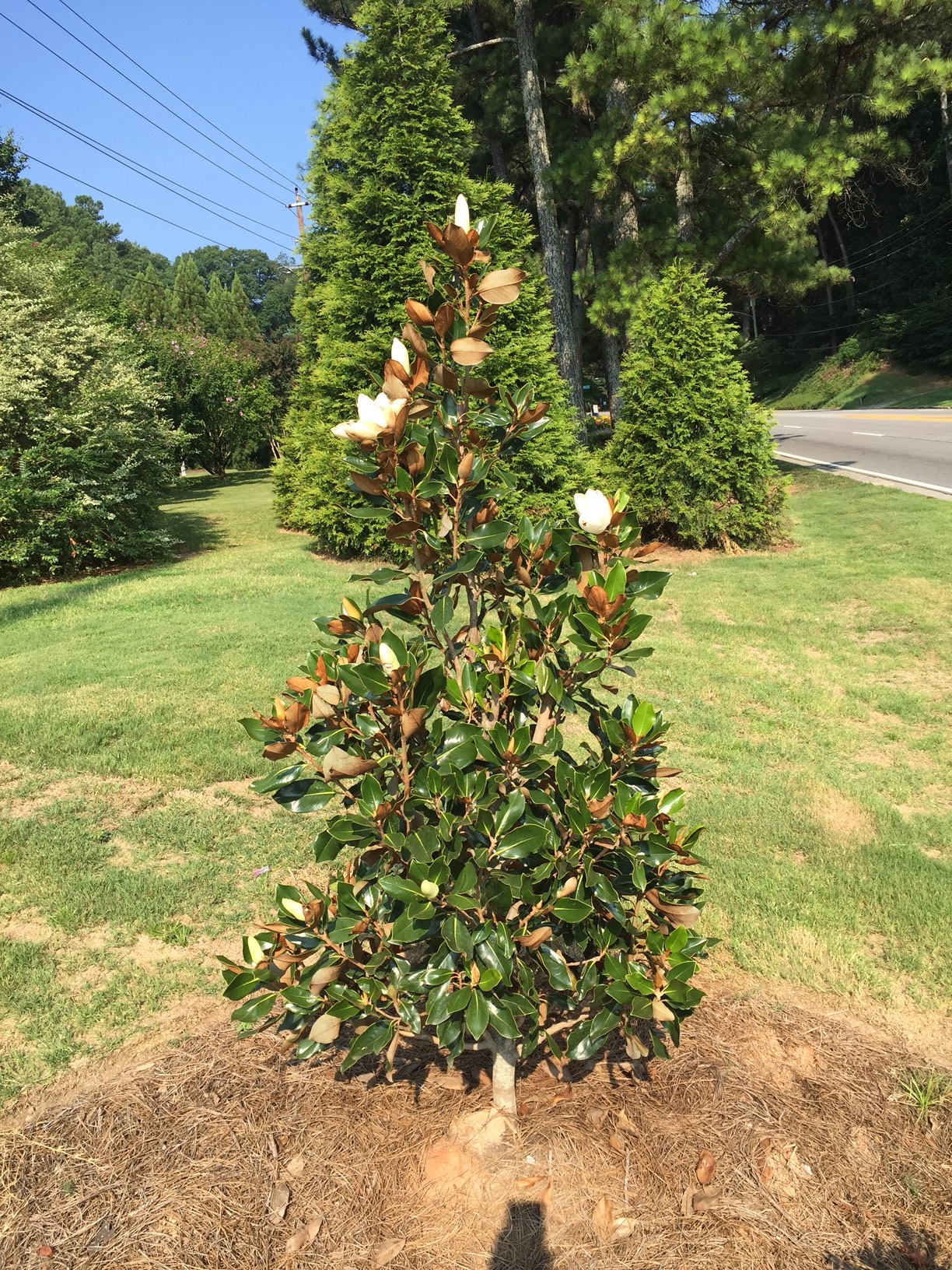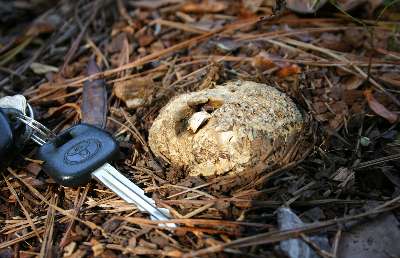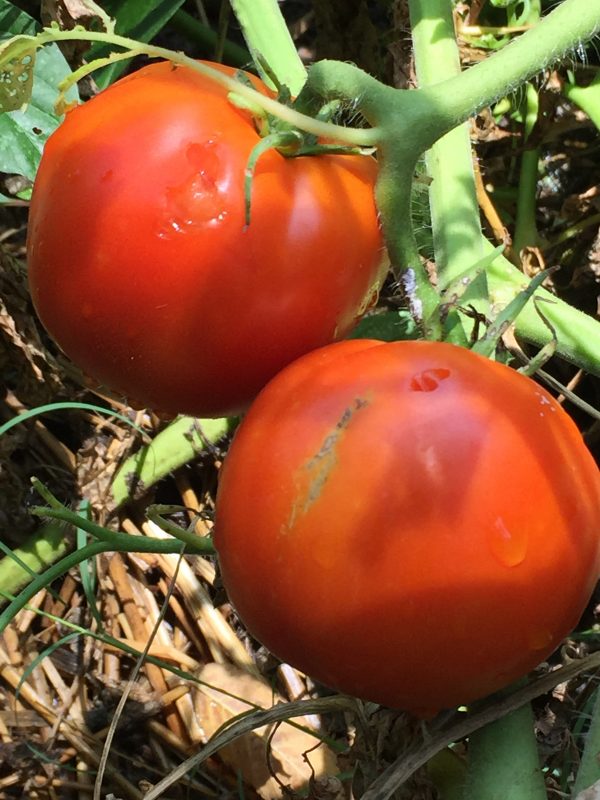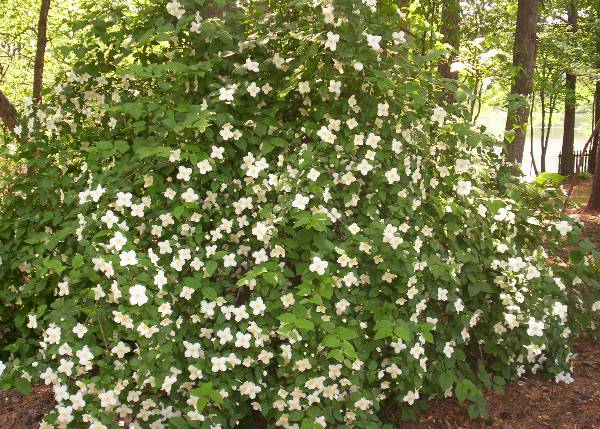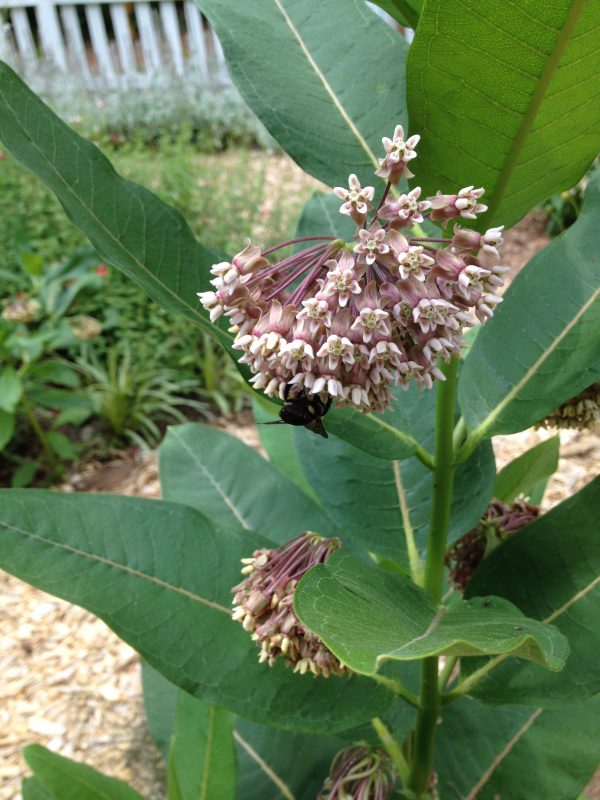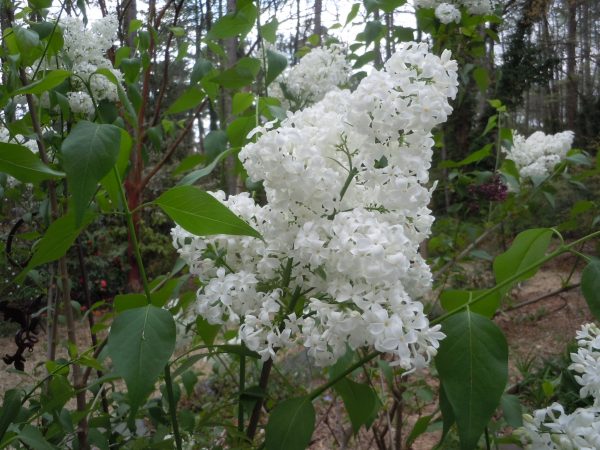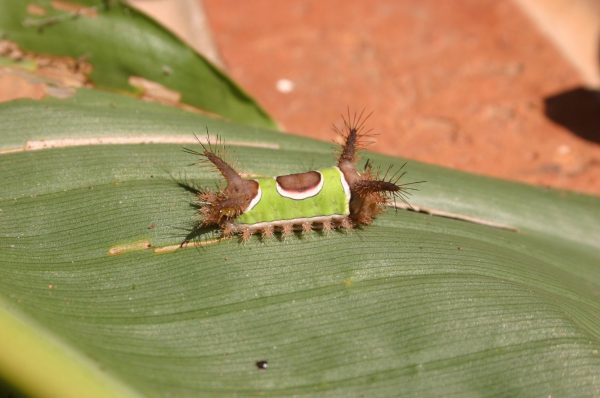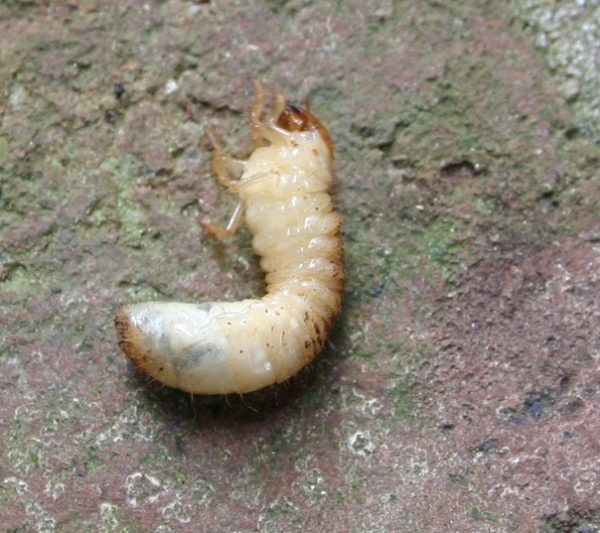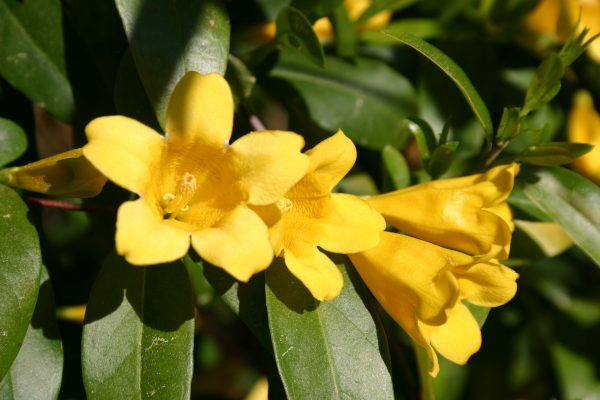Plants for Screening
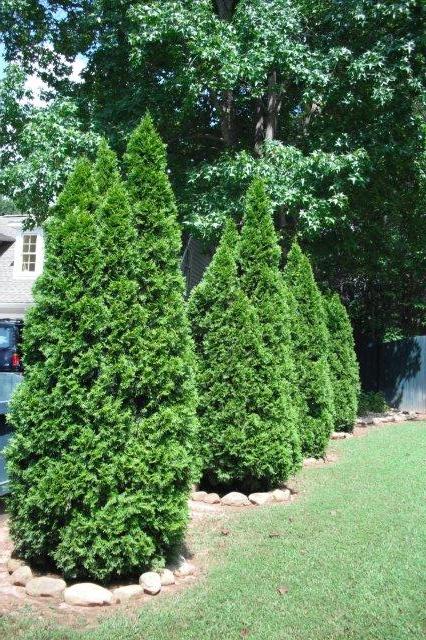
When I was a kid, we had no need for screen plants around our house. Our rural neighbors were a minimum of one hundred yards away in every direction. If they chose to put their truck up on cinderblocks in the front yard it didn’t bother us. We had disabled vehicles of our own and cinderblocks raised them just enough to get underneath and repair them, thank you very much.
We did have a fine grove of Chinese privet around our outhouse but that was to block the neighbors’ view of our personal activities, not to prevent our peering through the cracks to spy on them.
When selecting a plant for screening, the first question that comes to mind is how much sunshine the site gets. Most screen plants grow fine in full sunshine but it’s tougher to find good plants for a shady site.
Sun-loving evergreen trees
‘Emily Brunner’ holly
‘Nellie Stevens’ holly
‘Foster’ holly
Eastern red cedar
‘D.D. Blanchard’ magnolia
‘Little Gem’ dwarf magnolia
Virginia pine
White pine
‘Teddy Bear’ magnolia
‘Baby Grand’ magnolia
Alta magnolia
‘Green Giant’ arborvitae
‘Emerald Green’ arborvitae
Japanese cryptomeria: ‘Yoshino’ is tall, ‘Black Dragon’ is not
‘Bigfoot’ cleyera
‘Burford’ holly
Arizona cypress
Chindo viburnum
Tea olive
‘Needlepoint’ holly
‘Oakleaf’ holly
‘Oakland’ holly
Deciduous trees for full sun
‘Slender Silhouette’ sweetgum
Prairie Sentinel hackberry
Autumn Spire maple
‘Fastigiata’ hornbeam
NOT Leyland cypress It is used ubiquitously for screening purposes but the tree has been so overused as to be derided by some landscapers. Nonetheless, if you want a fast, evergreen, opaque screen, Leyland cypress is hard to beat.
As noted above, growing screen plants in a shady site is tough. ‘Bright ‘n’ Tight’ Carolina cherrylaurel is one candidate as is American holly. Canadian hemlock is very shade-tolerant but it must have good internal soil drainage in order to prosper. If planting a hemlock, I’d add plenty of soil conditioner and sand to the planting area to make the roots happy.
NOT Lombard poplar Lombard poplar is certainly columnar. MARTA planted scores of them next to their tracks along DeKalb Avenue in the eighties to screen the train tracks. The trees grew rapidly for five years then succumbed to poplar canker, which has destroyed every Lombardy poplar I’ve ever seen.
Columnar evergreen trees
‘Spartan’ Chinese juniper
Italian cypress
‘Brodie’ Southern red cedar
‘Hasse’ magnolia
‘American Pillar’ arborvitae
‘Savannah’ holly
Alta magnolia
Weeping yaupon holly
‘Scarlet’s Peak’ yaupon holly
‘Emerald Isle’ Leyland cypress
‘Blue Point’ juniper
‘Hetzii Columnaris’ juniper
‘Woodward’ juniper
‘Blue Arrow’ Rocky Mountain juniper
‘Wichita Blue’ Rocky Mountain juniper
‘Skyrocket’ Rocky Mountain juniper
NOT bamboo Bamboo is occasionally used for screening but the choice often has disastrous consequences. Let me hasten to say that while it is possible to grow a bamboo screen successfully, the invasive nature of the plant must be carefully considered first. Unless a deep trench filled with metal or concrete surrounds the clump, roots and plants will spread far and wide.
If you have need for a screen, it pays to visit nurseries and ask knowledgeable plant people what has worked for them. Describe the site where the tree will grow and your height requirements. Perhaps the two of you can combine my lists with enough practical knowledge to keep the views of you and your neighbor private.
MORE INFORMATION
Leyland cypress behind, arborvitae in front


